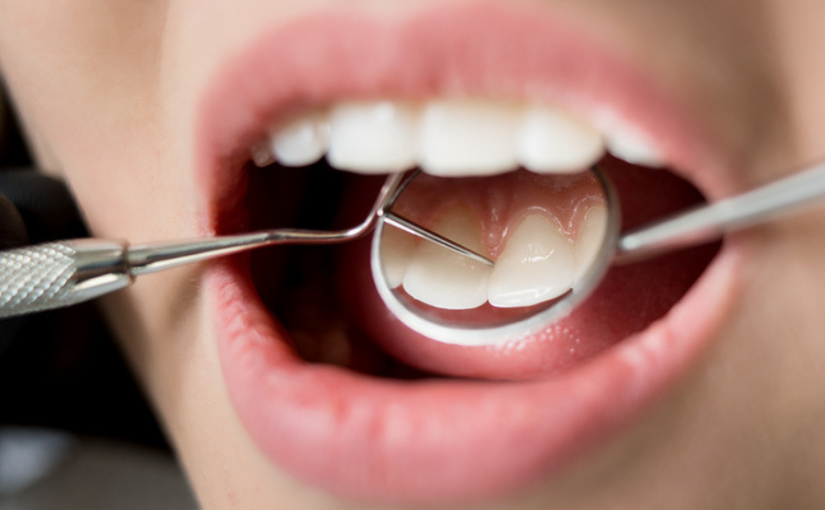By: Dr. Elizabeth Eggert
1. What is the sleep cycle and why is it important?
Sleep is a recurring state characterized by relatively inhibited sensory activity and a reduction of muscle activity from nearly all voluntary muscles as well as reduced interactions with a person’s surroundings. Sleep is characterized by two distinct states: non-REM sleep and REM sleep. These alternate in 90 to 110-minute cycles with each cycle lasting between 5-15 minutes. A normal sleep pattern consists of 4-5 sleep cycles throughout the night. The first sleep cycles contain short REM sleep and long periods of deep sleep but as the night goes on, REM sleep lengthens and deep sleep decreases. Sleep has been determined to be biologically necessary for life due to the healing and repair that occurs.
2. What is sleep apnea?
Obstructive sleep apnea is an airway blockage. This occurs when, during sleep, muscles in the back of the throat relax and/or the tongue and surrounding tissues migrate back into the throat, obstructing the airway.
3. How do I know if I suffer from sleep apnea?
Although more common in men, OSA can occur in women too. The risk of OSA is increased for people with excess body weight, a narrow airway or a misaligned jaw. Snoring, choking while sleeping, excessive daytime sleepiness, waking and gasping, poor memory, irritability and morning headaches are all signs of OSA. If you suspect you’re experiencing these symptoms, schedule an appointment with Dr. Elizabeth or Dr. Jeff to discuss them. If you’d like more information, check out one of our recent posts here!
4. What happens if OSA is left untreated?
Treating OSA is imperative to your safety as well as your health. When left untreated, OSA can cause excessive daytime fatigue, morning headaches and memory loss. In addition, studies suggest that untreated OSA increases your risk of numerous health issues such as hypertension, congestive heart failure, atrial fibrillation, coronary artery disease, stroke and type 2 diabetes.
5. What are my treatment options for OSA?
- Breathing devices (like CPAP)
- Adjusting your sleeping habits/positions
- Dental sleep apnea and snoring appliances
- Orthodontic treatment
- Surgery
*Prior to selecting any form of treatment, patients should undergo an initial evaluation by a board-certified sleep specialist practicing in a center accredited by the American Academy of Sleep Medicine.
6. What’s the difference between snoring and OSA?
Snoring is the sound that occurs during sleep when the soft palatal tissue in the upper airway vibrates as you breathe.
In the case of OSA, a person’s airway repetitively becomes obstructed during sleep and they intermittently stop breathing. This obstruction happens when the throat muscles relax and close off the airway.
7. What is an oral appliance?
An oral appliance is a custom-fit oral appliance that supports the jaw in a forward position to help maintain an open airway.
8. What is the difference between Continuous Positive Airway Pressure (CPAP) Therapy and Oral Appliance Therapy?
CPAP Therapy involves wearing a mask that covers the nose and/or mouth and is connected to a tube that allows air pressure to keep the airway open during sleep.
Oral Appliance Therapy involves wearing a custom-fit oral appliance nightly to keep the airway from collapsing. These oral appliances are useful in correcting mild to moderate cases of obstructive sleep apnea and are effective in improving airflow. The devices typically cover the upper and lower teeth and reposition the lower jaw in an advanced position.
Both CPAP therapy and Oral Appliance Therapy have proven successful for the treatment of sleep apnea and can result in improved sleep patterns and reduced snoring frequency and loudness.
9. Is there a link between TMJ Disorder and Sleep Apnea?
Yes. Since the temporomandibular joint is so close to the sinuses and airways, TMJ disorder (or TMD) can affect breathing. A misaligned TMJ can cause improper tongue positioning, resulting in a blocked airway during sleep. A recent study of people with TMJ disorder found 75 percent of participants experienced sleep-disordered breathing (SDB). Learn more in one of our previous posts!
10. What will treatment do for me?
Treatment will decrease your risk of OSA-related disease and help you get better sleep…the effects of which cannot be underestimated! From increased productivity during your waking hours to garnering more enjoyment from your daily life and experiencing more fulfillment in your relationships, quality sleep is foundational.
If you are having trouble sleeping and would like to speak with a dental professional at Eggert Family Dentistry, we would love to connect with you! Give us a call at 651.482.8412 or connect with us online.














